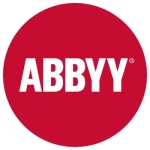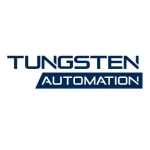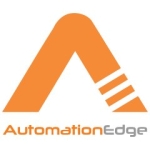I really like the Excel operations and the templates that the solution has available. If you're looking for 10 items, chances are there are templates already for six to eight of them. We just have to download or integrate that template and our work has been done for us, in a sense.
It's really user friendly. One of the coolest features that I've found is when we are writing some functions or some custom line of code, there is specific virtualization that we are working with that we are utilizing for recording.
In just in one click, we can see any documentation, etc., that we need. It makes it very easy to navigate.
I'm still new to Microsoft. I don't know if there are features or aspects of the solution which are lacking. I need more time to work with it to really decide if there's anything I'd like to have on the solution that's not already there.
All the services on the Microsoft platform are great. If we want to try something like with SharePoint or Azure or the 365 CRM, then we can't with the everyday community edition of the Microsoft Power Automate. It would be a good thing if there was some sort of trial period. Let's say you have 14 days. That way, can log into the loading screen with Power Automate, and get to utilize services like SharePoint, OneDrive, 365 CRM or etc. to see if they like them. It would be a good way for Microsoft to cross-sell or up-sell.
Otherwise, it's expensive, to buy all these extra applications, without knowing if or how you could use them or integrate them into your work.
One thing that I would really like to recommend is that they should get an actual learning environment or LMS where we can go and find all the different tools, how to utilize the different tools of Power Automate, and documentation or tutorials in video form on how we can create our own custom templates.
Right now, what we have to do is we have to navigate to a different platform, for example, YouTube, and search on YouTube to see whether there are different kinds of techie guys that have updated their information about the Microsoft Power Automate. Microsoft Power Automate needs its own in-house LMS, where we can get the entire knowledge of the product from beginning to end.
I've only been using the solution for two or three weeks.
I have not tried any kind of real-world problems so I can't say too much about the solution's stability.
I haven't used the solution long enough to really test the scalability. I'm not sure how scalable it is.
The initial setup is very straightforward. Even a person who has one or two years of coding skills can install the solution quite easily. It's pretty simple. You don't have to be a Microsoft expert. I, for example, would be able to handle it, and I am very new to Microsoft.
I'm using the latest version of the solution. I tried to follow some YouTube tutorials from different people who are actually doing some good work with Microsoft Power Automate, however, they're using different versions as compared to the latest version that I'm using. The layout and the modules and everything is different as compared to the previous versions.
I use the cloud deployment model because it has some free storage or free allocation with the subscription.
I would definitely recommend the solution. Even small businesses would benefit from the solution. Any company would be able to integrate it. There are a lot of tasks you could handle with the solution. It's great for handling customer inquiries, for example, if you had a business with inquiry forms on sales sites.
It also offers one of the cheapest rates as compared to other automation tools. Other automation tools charge a huge amount for license fees. Microsoft Power Automate offers decent fees for the automation tools they offer.
The solution is also excellent for businesses due to the fact that it's totally based on the cloud. You can use it in anywhere and you can execute your flows from your mobile.
I'd rate the solution eight out of ten. If they offered some better tutorials, I'd rate them higher. No one wants to go and read through dozens or hundreds of web pages. The tutorials need to be interactive or video so that it's easy and engaging. If Microsoft was able to offer that, they'd be close to perfect.


















